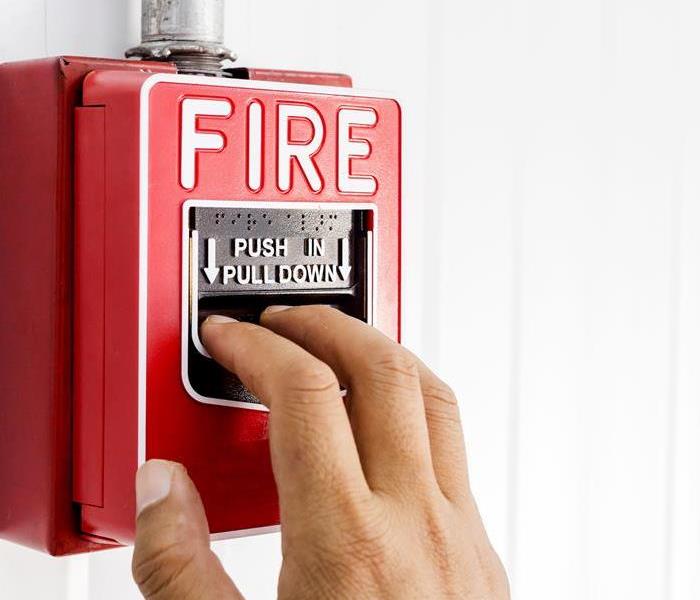Unveiling the Lingering Menace of Smoke Damage
8/15/2023 (Permalink)
A fire can be a devastating event, causing immense destruction and leaving behind a trail of chaos. While the flames may be the most obvious culprit, there is another silent intruder that can wreak havoc long after the fire has been extinguished: smoke. Smoke damage is often underestimated, yet it can pose serious risks to both the structural integrity and the health of your building's occupants. In this article, we'll explore the hidden dangers of smoke damage and provide insights into its mitigation and restoration.
The Scope of Smoke Damage
When a fire occurs, smoke particles and chemical substances are released into the air. Smoke can quickly infiltrate every nook and cranny of a building, leaving behind a residue that can cause significant damage. The extent of smoke damage depends on various factors, including the size of the fire, the materials burned, and the duration of exposure.
Structural Impacts
- Discoloration and Staining: Smoke particles can settle on surfaces, causing discoloration and staining of walls, ceilings, furniture, and other belongings. Over time, these stains can become more stubborn and difficult to remove.
- Odor: The pungent odor of smoke can linger long after a fire. It can permeate porous materials such as carpets, curtains, upholstery, and even building materials like drywall. This persistent smell can be unpleasant and hard to eliminate without proper remediation.
- Corrosion: Smoke contains corrosive substances that can damage metal surfaces, electrical systems, and appliances. If left untreated, this corrosion can compromise the functionality and safety of these components.
Mitigation and Restoration
After a fire, it's crucial to engage a professional restoration company experienced in smoke damage remediation. They will conduct a thorough assessment to identify the extent of the damage and develop an appropriate plan of action. Professional technicians will employ specialized techniques and equipment to clean surfaces, remove soot and residue, and eliminate odors. This may include dry cleaning, wet cleaning, air scrubbing, and the use of ozone generators or thermal fogging.
Smoke can infiltrate the building's HVAC system, spreading contaminants throughout the structure. A thorough inspection and cleaning of the system are necessary to ensure the removal of any smoke particles and to prevent further circulation of pollutants. In severe cases, damaged materials, such as insulation, drywall, or carpets, may need to be removed and replaced. This step is crucial to eliminate any hidden smoke residues and restore the integrity of the building.
Prevention and Preparedness
Ensure that your building is equipped with functioning smoke detectors on every floor and in each room. Regularly test and maintain these devices to guarantee their effectiveness. Create an emergency evacuation plan and educate occupants about fire safety procedures. Conduct regular drills to ensure everyone is familiar with the evacuation routes and knows how to respond in case of a fire. Implement fire-safe practices such as proper storage of flammable materials, regular maintenance of electrical systems, and safe usage of heating appliances.
Smoke damage is a formidable foe that can silently compromise the structural integrity of your building. Remember, when it comes to smoke damage, swift action and expert assistance are key to restoring your building to its pre-fire condition and ensuring a safe environment for all.




 24/7 Emergency Service
24/7 Emergency Service
